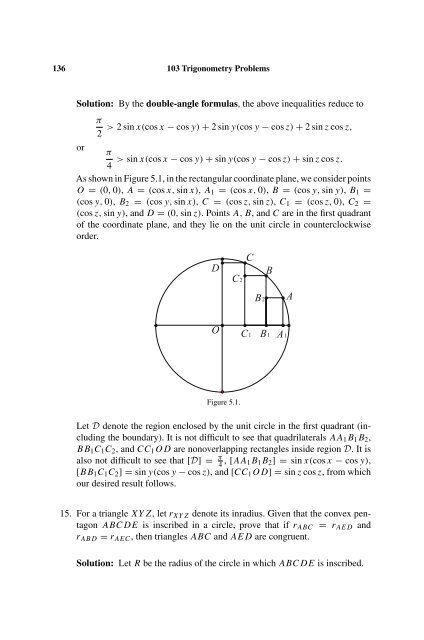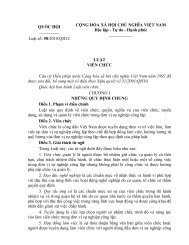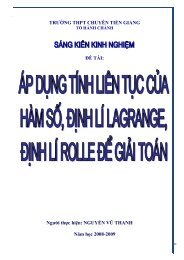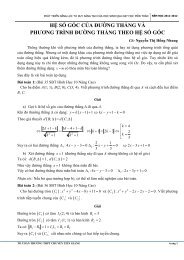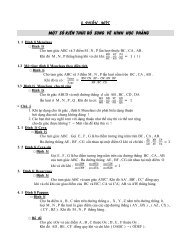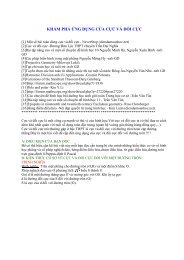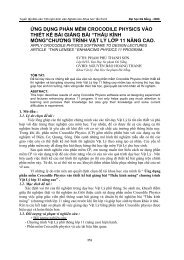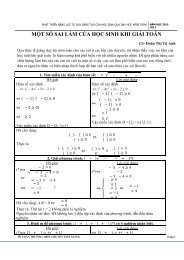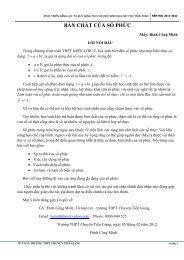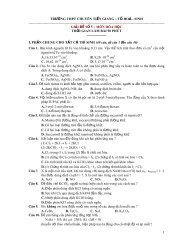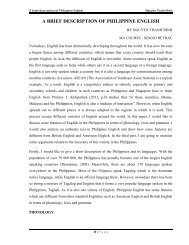103 Trigonometry Problems
103 Trigonometry Problems
103 Trigonometry Problems
You also want an ePaper? Increase the reach of your titles
YUMPU automatically turns print PDFs into web optimized ePapers that Google loves.
136 <strong>103</strong> <strong>Trigonometry</strong> <strong>Problems</strong><br />
Solution: By the double-angle formulas, the above inequalities reduce to<br />
π<br />
> 2 sin x(cos x − cos y) + 2 sin y(cos y − cos z) + 2 sin z cos z,<br />
2<br />
or<br />
π<br />
> sin x(cos x − cos y) + sin y(cos y − cos z) + sin z cos z.<br />
4<br />
As shown in Figure 5.1, in the rectangular coordinate plane, we consider points<br />
O = (0, 0), A = (cos x,sin x), A 1 = (cos x,0), B = (cos y,sin y), B 1 =<br />
(cos y,0), B 2 = (cos y,sin x), C = (cos z, sin z), C 1 = (cos z, 0), C 2 =<br />
(cos z, sin y), and D = (0, sin z). Points A, B, and C are in the first quadrant<br />
of the coordinate plane, and they lie on the unit circle in counterclockwise<br />
order.<br />
D<br />
C<br />
B<br />
C2<br />
B2<br />
A<br />
O<br />
C1<br />
B1<br />
A1<br />
Figure 5.1.<br />
Let D denote the region enclosed by the unit circle in the first quadrant (including<br />
the boundary). It is not difficult to see that quadrilaterals AA 1 B 1 B 2 ,<br />
BB 1 C 1 C 2 , and CC 1 OD are nonoverlapping rectangles inside region D. Itis<br />
also not difficult to see that [D] = π 4 , [AA 1B 1 B 2 ]=sin x(cos x − cos y),<br />
[BB 1 C 1 C 2 ]=sin y(cos y − cos z), and [CC 1 OD]=sin z cos z, from which<br />
our desired result follows.<br />
15. For a triangle XYZ, let r XYZ denote its inradius. Given that the convex pentagon<br />
ABCDE is inscribed in a circle, prove that if r ABC = r AED and<br />
r ABD = r AEC , then triangles ABC and AED are congruent.<br />
Solution: Let R be the radius of the circle in which ABCDE is inscribed.


